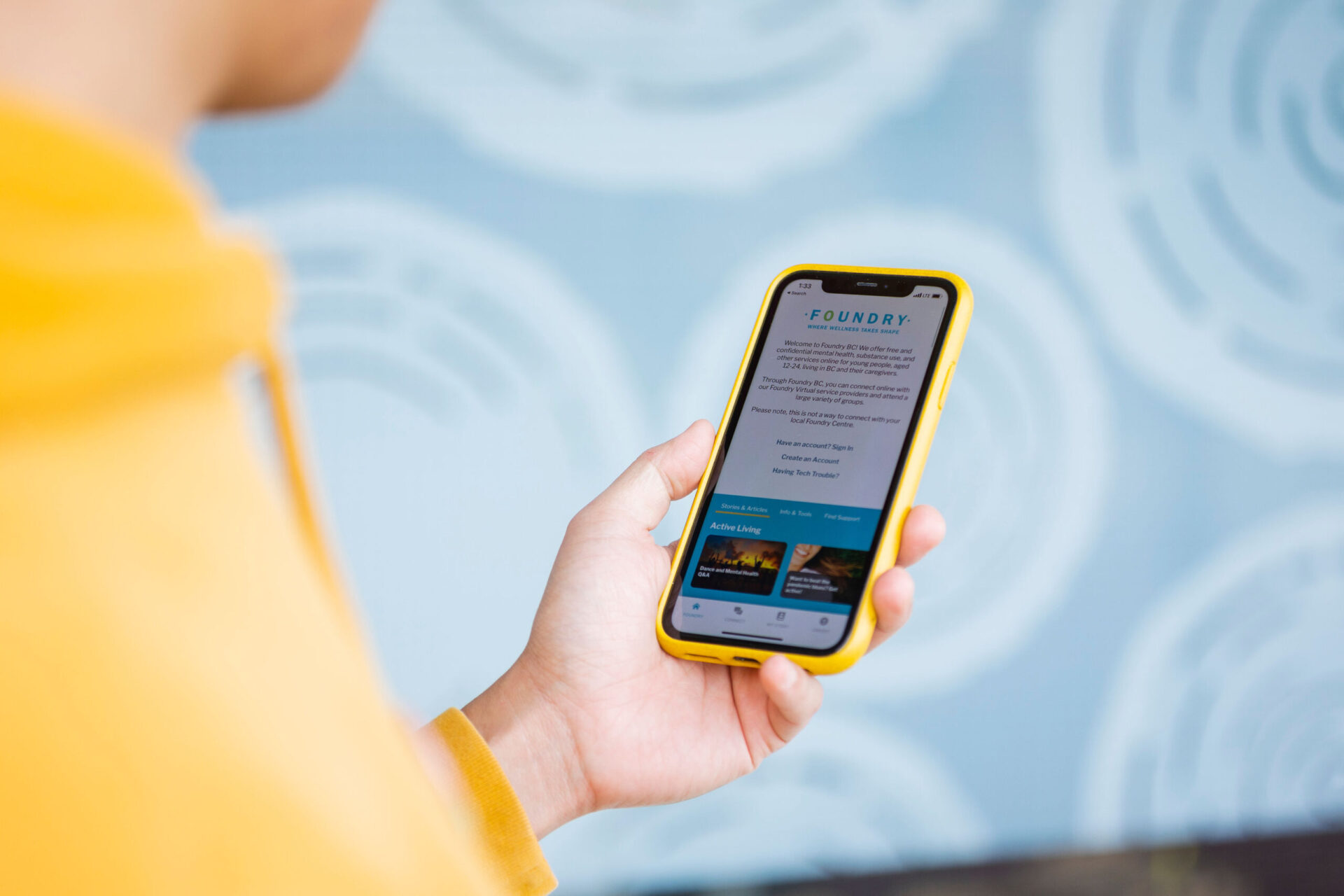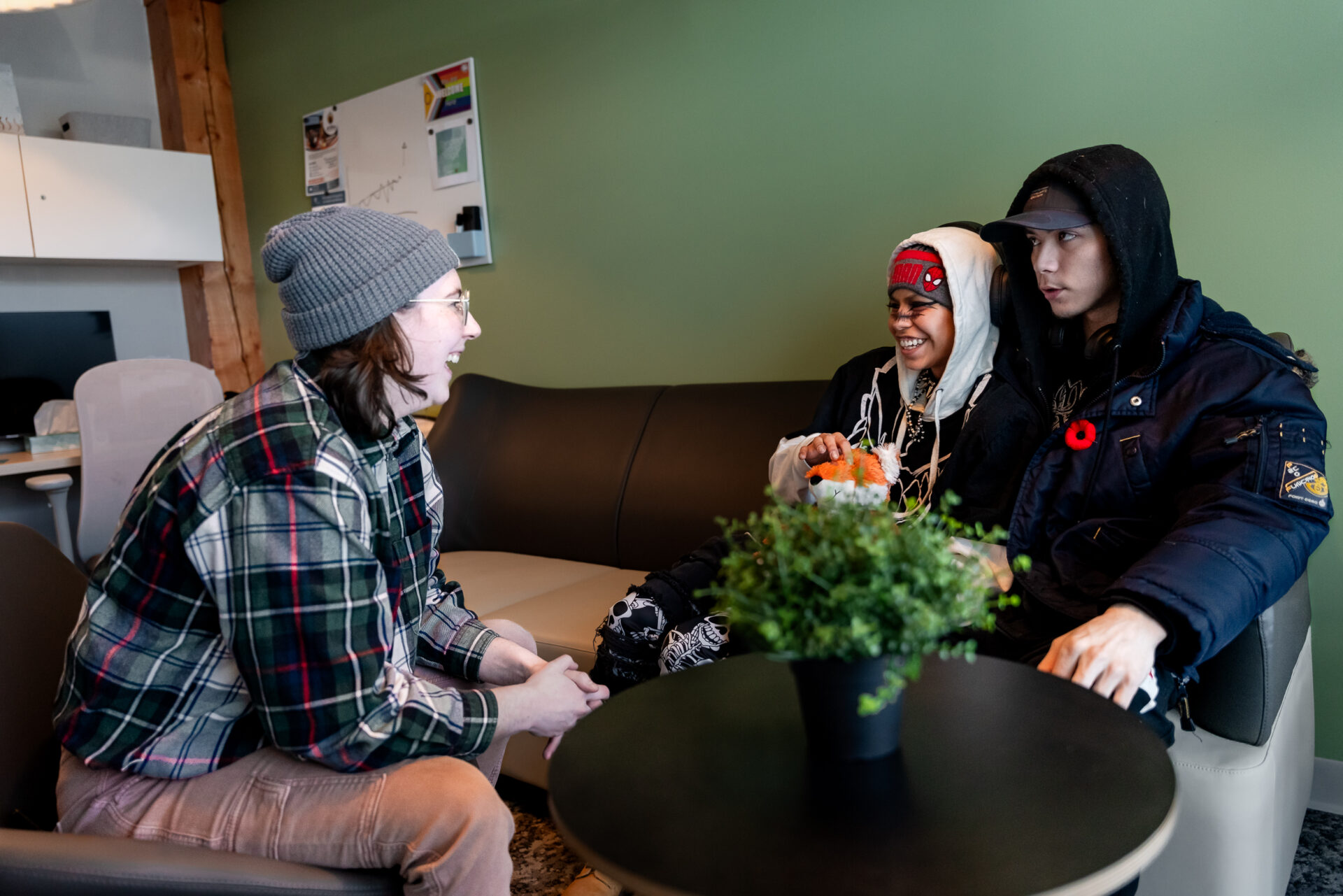Work

It is important to learn how to find a job and explore your career options. There are steps you can take to set yourself up for success! Check out this section to learn more.
Networking
During your life you will create a professional network. You will build relationships and trust with other people to help you reach your goals. This networking can connect you with different resources. We often deal with our networks every day, without really thinking about it. For example, if you want a suggestion for a new restaurant, you probably ask a friend. To look for a job opportunity you might talk to a family member, counsellor, teacher, or people you have met through your current job and networking experiences.
Want to explore and learn more? Here are some options for you.

Work

Apps & Tools


